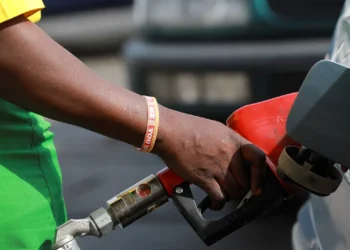Today, oil touched its highest level since 2014 as tensions between Russia and Ukraine rose after Moscow sent soldiers into two separatist regions in eastern Ukraine, adding to supply concerns that have pushed prices over $100 a barrel.
Following Russian President Vladimir Putin’s deployment of soldiers to separatist strongholds Donetsk and Luhansk in Ukraine, Brent crude prices hit $96.7 per barrel on Tuesday, the highest level since September 2014. Brent crude prices were $96.24 a barrel at the time of writing this article.
While the West has condemned it as a flagrant breach of international law, rising global tensions and the danger of invasion in Ukraine have prompted oil prices to rise and world markets to tumble.
Why the surge in crude oil
Fears of supply-side interruptions have fueled the rise, as the possibility of a Russian invasion in Ukraine looms large after Putin’s deployment of soldiers to separatist territories Donetsk and Luhansk.
A Russian invasion of Ukraine might not only impair global crude supply, but also result in US and European sanctions. Following tensions between Russia, the world’s second-largest oil exporter, and Ukraine, oil prices have risen in recent months due to supply fears.
What you should know
The organisation of Petroleum Exporting Countries and its Russia-led partners have approved for Nigeria to increase its oil production quota to 1.72 million bpd up from its previous target of 1.70 million bpd in February and 1.68 million bpd in January.
Nigeria missed its crude oil output target for January 2022, pumping 1.46 million barrels per day against a target of 1.683 million BPD as approved by the Organisation of Petroleum Exporting Countries.









